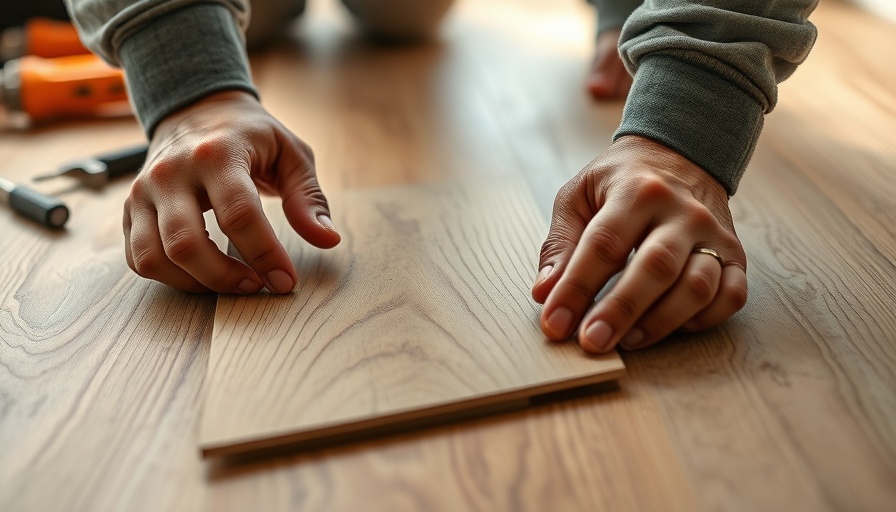
The Innovative Ruler Taillight: A Game Changer for DIYers?
Subaru has once again showcased its commitment to practicality with the introduction of a ruler feature ingeniously designed into the taillights of the 2026 Outback. This innovation presents an intriguing solution for homeowners and outdoor enthusiasts alike who often find themselves in situations requiring a quick measurement when a tape measure is out of reach.
While it may initially sound like a gimmick reminiscent of Chrysler's past attempts at quirky car features, the ruler taillight serves a unique purpose, bridging the gap between automotive design and user practicality. But just how useful is it, really?
The Real World Utility of the Ruler Taillight
In theory, the ruler built into the Subaru Outback’s taillight may provide approximate measurements, but it’s important to understand its limitations. Without standard or metric graduation marks, the ruler is not intended for precision work. Instead, as one Subaru expert puts it, it’s comparable to decorative pieces found in home decor—functional yet simplified.
Homeowners often face situations where quick measurements might come in handy, whether it is measuring the space for outdoor furniture or planning renovations. The Outback's taillight ruler can help you approximate lengths for simple tasks, such as gauging rope lengths for tent setups while camping or measuring the depth of soil while gardening.
The History of Car Innovations: Lessons from the Past
The concept of integrating useful features into cars isn’t new. In the automotive world, designers have long experimented with unique elements that redefine user interaction with vehicles. For example, Chrysler's 1950s vinyl record player illustrated creativity but ultimately fell short in practicality. Subaru's ruler may not transform vehicle design but marginally enhances its utility.
As homeowners and DIY enthusiasts, understanding the progression of thoughtful automotive design can be beneficial. It allows us to appreciate how features like this ruler can influence usability, even if it doesn't replace core tools like tape measures.
Balancing Style with Functionality
Consumer preferences increasingly favor functionality over mere aesthetics, which explains Subaru's move to incorporate the ruler feature. It's a reflection of a broader trend where car manufacturers focus on enhancing the customer experience through practical aspects rather than superficial design flourishes.
This is especially relevant for homeowners who prioritize practical innovations in both their vehicles and their home tools. A feature like the Subaru taillight ruler resonates with those who frequently undertake renovations or outdoor projects, as it serves as a reminder of the importance of having practical tools readily available.
Actionable Insights: Make the Most of the Ruler Tool
To fully embrace the innovative spirit of Subaru's ruler taillight, homeowners can enhance their DIY toolkit—both in their car and at home. Here are a few tips:
- Always carry a reliable tape measure: While the ruler can help with approximations, having a good tape measure ensures you get accurate measurements for any project.
- Consider outdoor projects: Use the ruler to guide preliminary measurements, then confirm them with your tape for setups like gardens, furniture arrangements, or even DIY repairs.
- Stay informed about vehicle features: Knowing what tools and features your vehicle offers can change how you approach home and outdoor projects.
Conclusion: The Dual Nature of Innovation
The 2026 Subaru Outback's ruler taillight embodies an innovative spirit that seeks to marry design with functionality. Although it may not replace essential measuring tools, it offers practical assistance for everyday situations faced by homeowners and outdoor enthusiasts.
As you approach your next DIY project or home improvement task, consider how innovative features in your tools and vehicles can enhance your efficiency and effectiveness. Happy DIYing!
 Add Row
Add Row  Add
Add 




Write A Comment